
What to Do If Your Child Is Bitten by a Strange Bug

As a parent, it’s completely natural to feel a wave of concern when you discover an unfamiliar insect bite on your child. The unknown can be frightening—especially when it involves your child’s comfort or health. But rest assured: not all bug bites are serious, and many can be treated easily at home.
One common insect that often raises questions is the earwig. These little bugs look scary, but are they truly harmful?
In this article, we’ll explore what earwigs are, how to recognize their bites (or pinches), what to do if your child gets one, and how to prevent future encounters—so you can handle these situations with calm and confidence.
🐜 What Is an Earwig?
Earwigs are small insects from the order Dermaptera. While their appearance can be unsettling, they are harmless in most cases.
🧬 Distinguishing Features:
-
Long, narrow, dark brown or black bodies
-
A pair of curved pincers (called cerci or forceps) on the rear end
-
Short wings (though they rarely fly)
-
Typically ½ to 1 inch long
🌒 Habitat & Behavior:
-
Nocturnal – They hide during the day and are active at night
-
Prefer cool, damp areas like:
-
Gardens and mulch beds
-
Under flowerpots, rocks, and logs
-
Basements, bathrooms, laundry rooms
-
❌ Myth Buster: Earwigs do not crawl into people’s ears or burrow into the brain—a popular but completely false myth. They are not known to spread diseases either.
😬 Can Earwigs Bite?
Technically, earwigs don’t bite—they pinch using their tail pincers when they feel threatened or trapped (like if one gets caught in clothing or shoes).
🩹 Common Reactions in Children:
-
Mild redness at the site
-
Small raised bump
-
Slight swelling or tenderness
-
Temporary itching or irritation
Pinches rarely break the skin and generally don’t require medical treatment. Most symptoms resolve on their own in 24–48 hours.
🛑 What to Do Immediately After a Suspected Earwig Bite or Pinch
If your child is pinched or bitten by any insect (including an earwig), here’s what you can do:
🚿 Step-by-Step First Aid:
-
Clean the area with mild soap and lukewarm water to reduce infection risk.
-
Apply a cold compress (e.g., a damp cloth or wrapped ice pack) for 10–15 minutes to minimize swelling and discomfort.
-
Use a topical cream:
-
Hydrocortisone for itching or mild irritation
-
Calamine lotion or aloe vera for soothing relief
-
-
If itching persists, give your child a pediatric-safe antihistamine (check age-appropriate dosing or consult your doctor).
-
Discourage scratching, which can lead to infection or more irritation.
🚨 When to Call a Doctor
Earwig bites are usually not serious, but seek medical advice if your child experiences:
⚠️ Signs of Infection:
-
Increased redness, swelling, or pain after 24 hours
-
Warmth around the bite site
-
Presence of pus or yellowish discharge
⚠️ Signs of Allergic Reaction:
-
Widespread hives or rash
-
Difficulty breathing or swallowing
-
Swelling of the face, lips, or throat
-
Dizziness or vomiting
☎️ If any of these symptoms occur—especially difficulty breathing—seek immediate medical attention.
🏡 How to Prevent Earwig Encounters
While earwigs are not aggressive and rarely pinch, prevention can help ease your worries.
Around the Home:
-
Seal cracks and gaps around doors, windows, and foundations
-
Install or repair window and door screens
-
Use dehumidifiers in basements or laundry areas
-
Fix leaks and dry up standing water
In the Yard:
-
Remove leaf piles, mulch, and wood stacks
-
Keep gutters clean and well-drained
-
Avoid overwatering plants and lawns
-
Place diatomaceous earth around outdoor areas (safe for pets and children when used properly)
Natural Repellents:
-
Essential oils like peppermint, eucalyptus, or tea tree oil can deter earwigs—spray diluted solutions around doorways and entry points
-
Consider placing cedar chips in gardens or near doorways
Teach Children:
-
Not to lift rocks or logs without supervision
-
To shake out shoes or clothes that were left outside
-
To report bug bites or stings promptly
💡 Bonus Tip: Keep a Bug Bite Kit Handy
Create a small first-aid kit specifically for insect bites and stings:
-
Antiseptic wipes
-
Hydrocortisone cream
-
Cold packs
-
Antihistamine drops or chewables
-
Adhesive bandages
-
Calamine lotion or aloe gel
Having it ready can save time and reduce stress when a bug encounter happens unexpectedly.
🧘 Final Thoughts: Knowledge Is Comfort
Earwig bites or pinches may look scary, but they’re almost always mild and resolve without complications. As a parent, the best thing you can do is stay informed, act calmly, and treat the bite appropriately.
By understanding what earwigs are, how they behave, and what signs to watch for, you can confidently handle the situation and reassure your child with care and knowledge.
🧸 Remember: most bug bites are not emergencies—they’re just part of childhood curiosity and exploration.
News in the same category


If you're caught Googling these four words Police may show up at your house

Fascinating animation reveals exactly how gas pumps know when to stop pouring gas

Elon Musk's Starlink satellites could be falling out of the sky

Expert issues chilling warning on Elon Musk's robots as billionaire plans to put them on Mars

Jeff Bezos sent a secret tourist into space and their identity is set to be revealed

Super typhoon set to send shockwaves through the US is just days away

Moon Meets Mars: A Dazzling Celestial Encounter on October 11, 2025

All DNA and RNA Bases Found in Meteorites: Life’s Origins May Be Cosmic
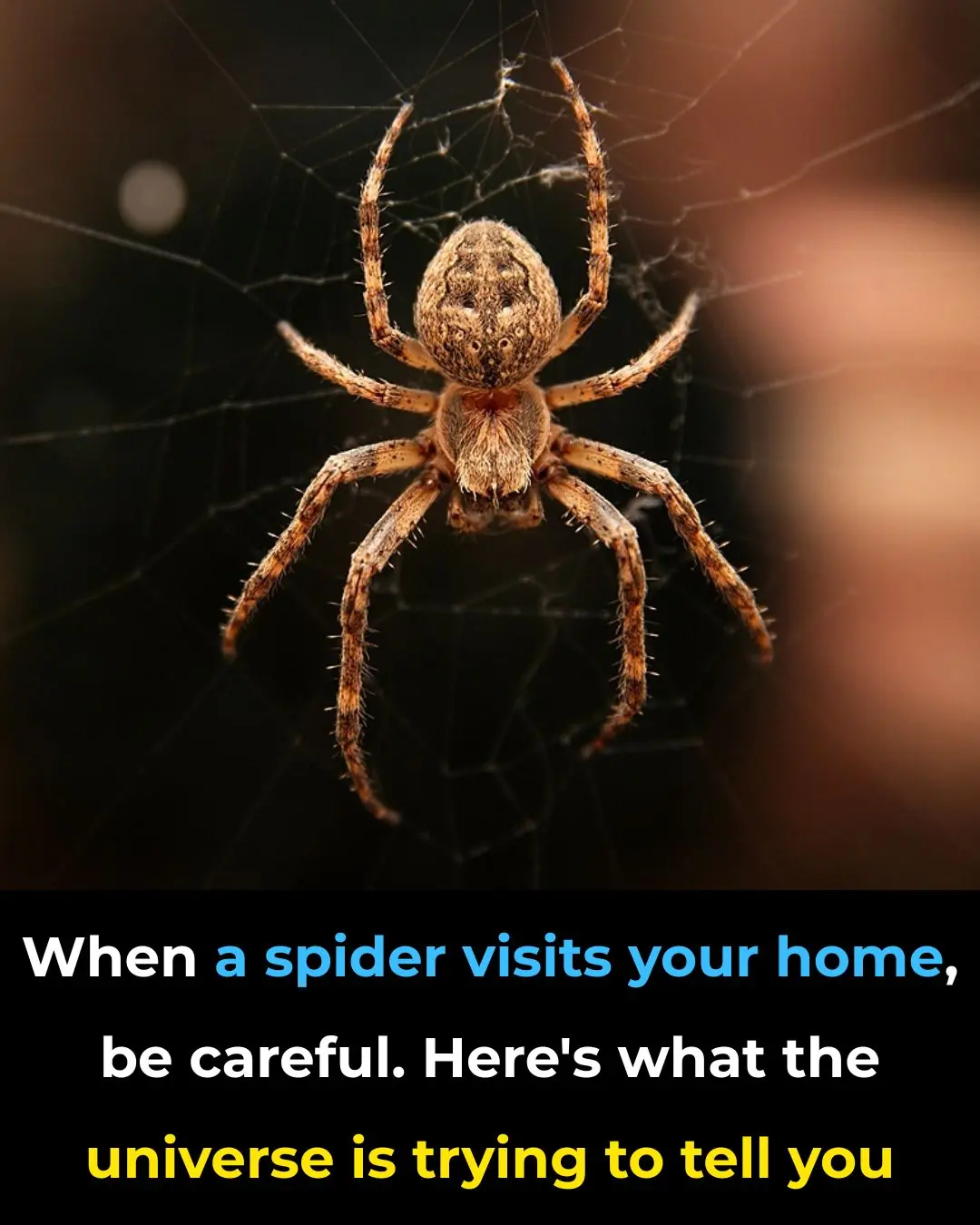
Did You Know? A Spider in Your Home Could Be a Powerful Sign

Which Chair Would You Choose

Why some men cheat but choose to stay in their marriage — the truth few understand

Things that make men instantly unattractive

Rare Surgery Helps Man See Again After Losing Vision for Twenty Years Using His Own Tooth

These Amazing Aqueducts Built By the Nazca Culture in the Peruvian Desert 1,500 Years Ago Are Still in Use Today

Rare Video Captures 40-Ton Whale Gleefully Leaping Fully Out of the Water

10+ Scandinavian Houses With Green Roofs Look Straight Out Of A Fairytale

I Captured The Beautiful Winter In The Northern Part Of Sweden
News Post

The Man Who Remembers Hunger: Why One Act of Kindness Matters.

The Little Elephant Who Was Born Different: A Pink Calf in the Wild

When Love Has No Address: A Man and His Dogs

A Boy, a Soldier, and an Umbrella: A Timeless Gesture of Respect

Purslane: The Superfood That Tastes Better Than Meat – 7 Reasons to Grow It in Your Garden

Don't Throw Old Tomatoes in the Trash.Turn them into flavorful tomato powder.

Banana Blossom: Health Benefits, Recipes, and Uses
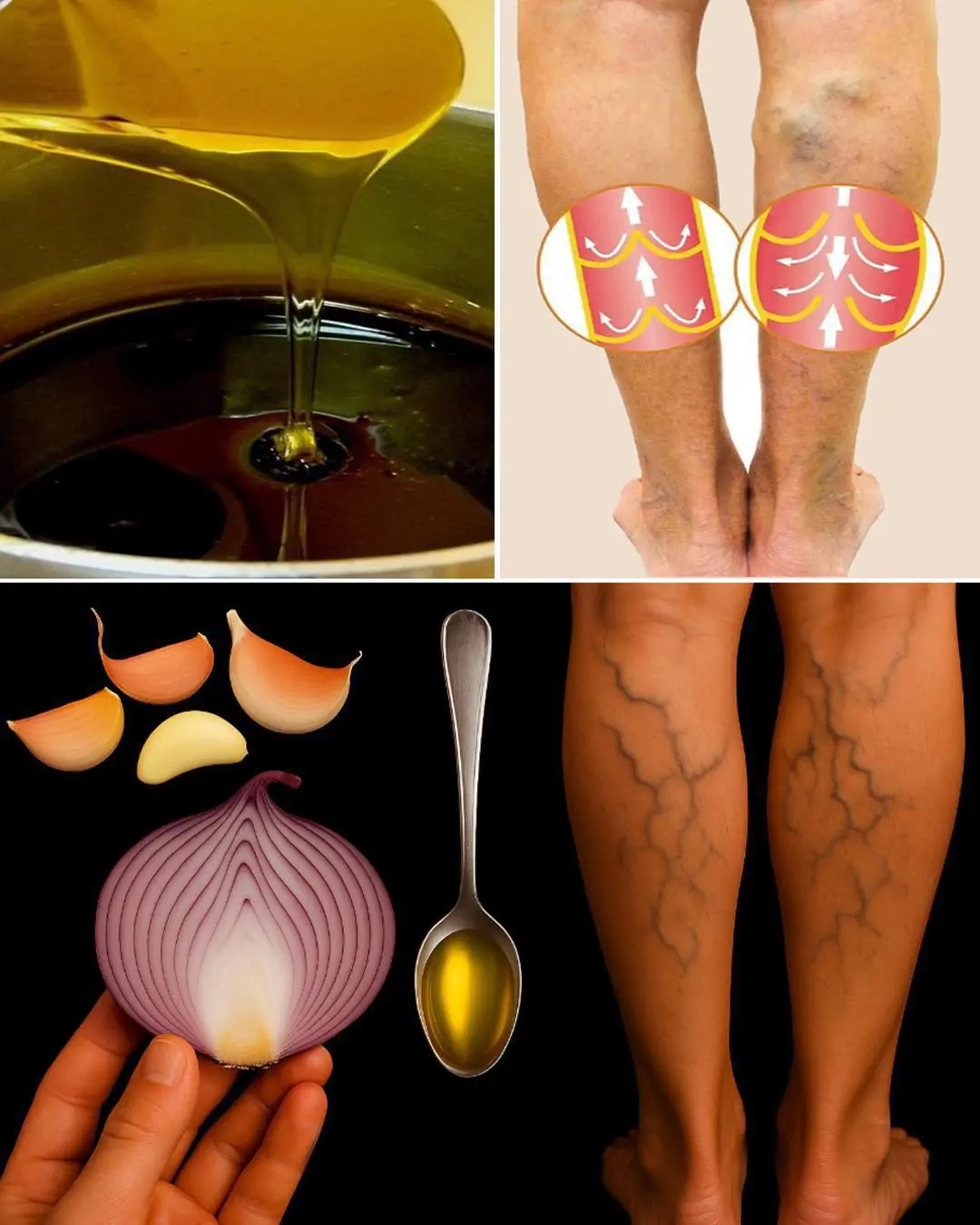
Onion, Garlic, and Olive Oil Remedy for Varicose Veins: Natural Treatment and Benefits

The Photo of the Year: A Glimpse of Courage the World Must Not Forget
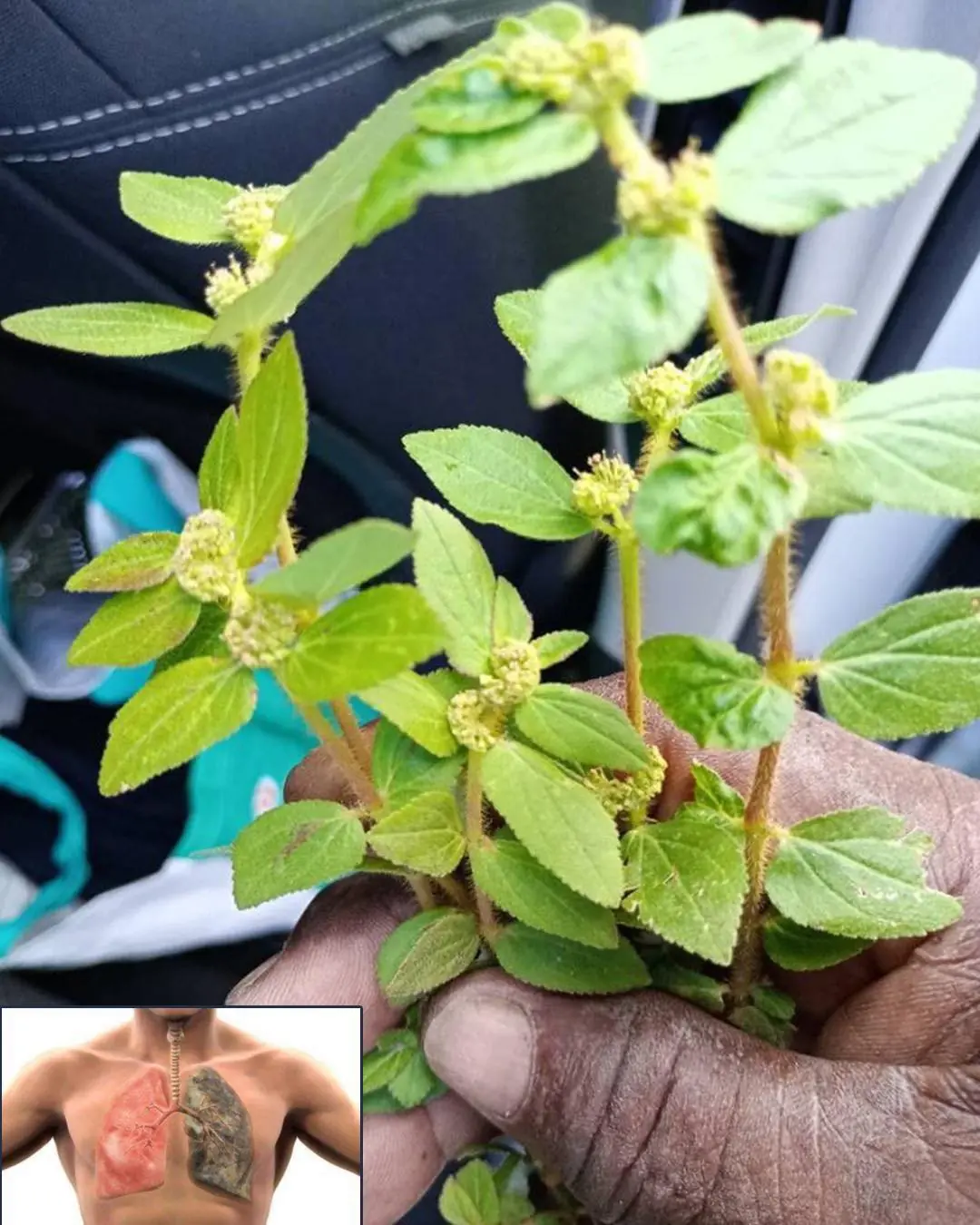
7 Surprising Benefits of Euphorbia Hirta

How to Regrow Food in Water: 10 Foods that Regrow Without Dirt

Firefighters Save Trapped Fawn from Storm Drain, Reuniting It with Nature
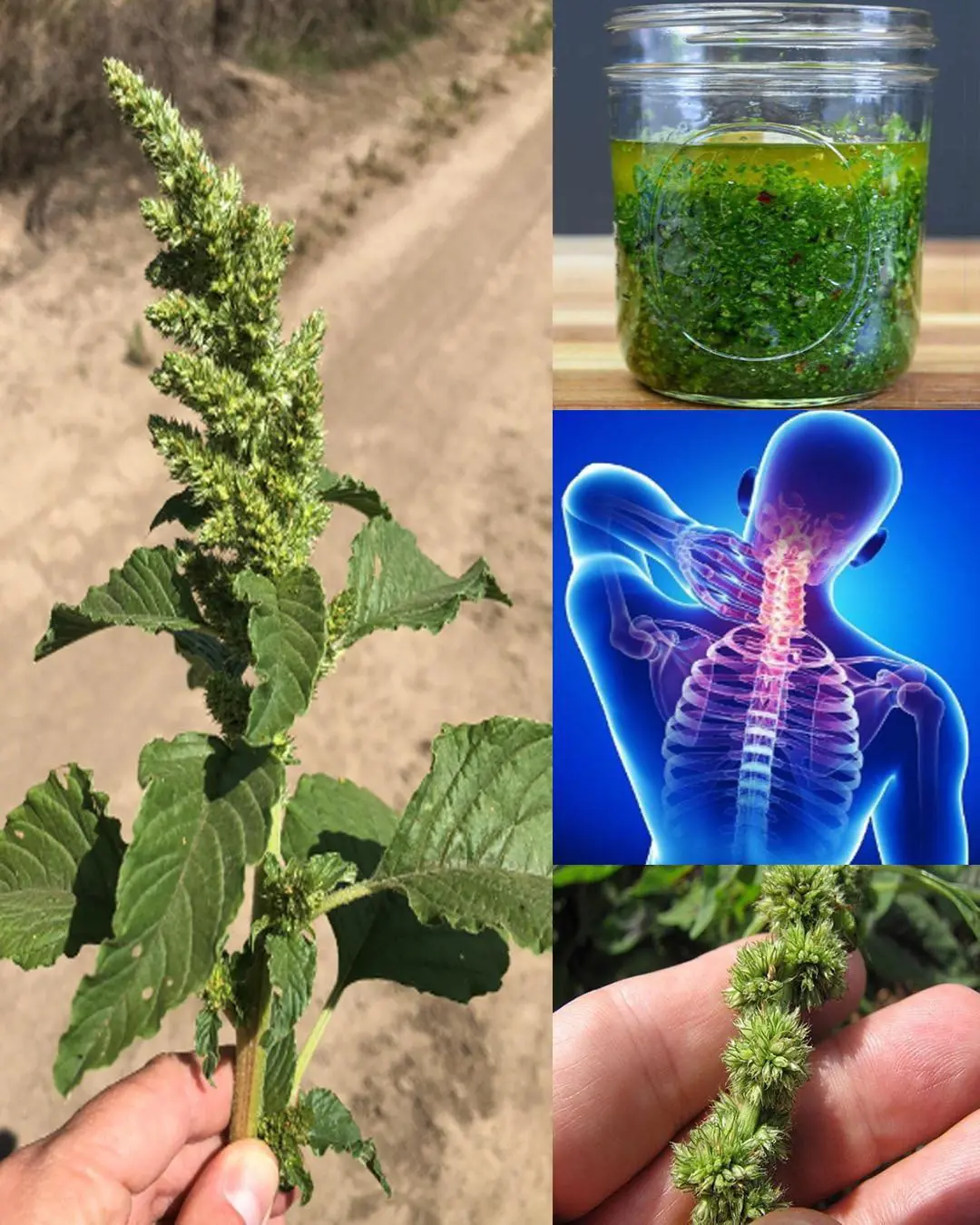
10 benefits of pigweed
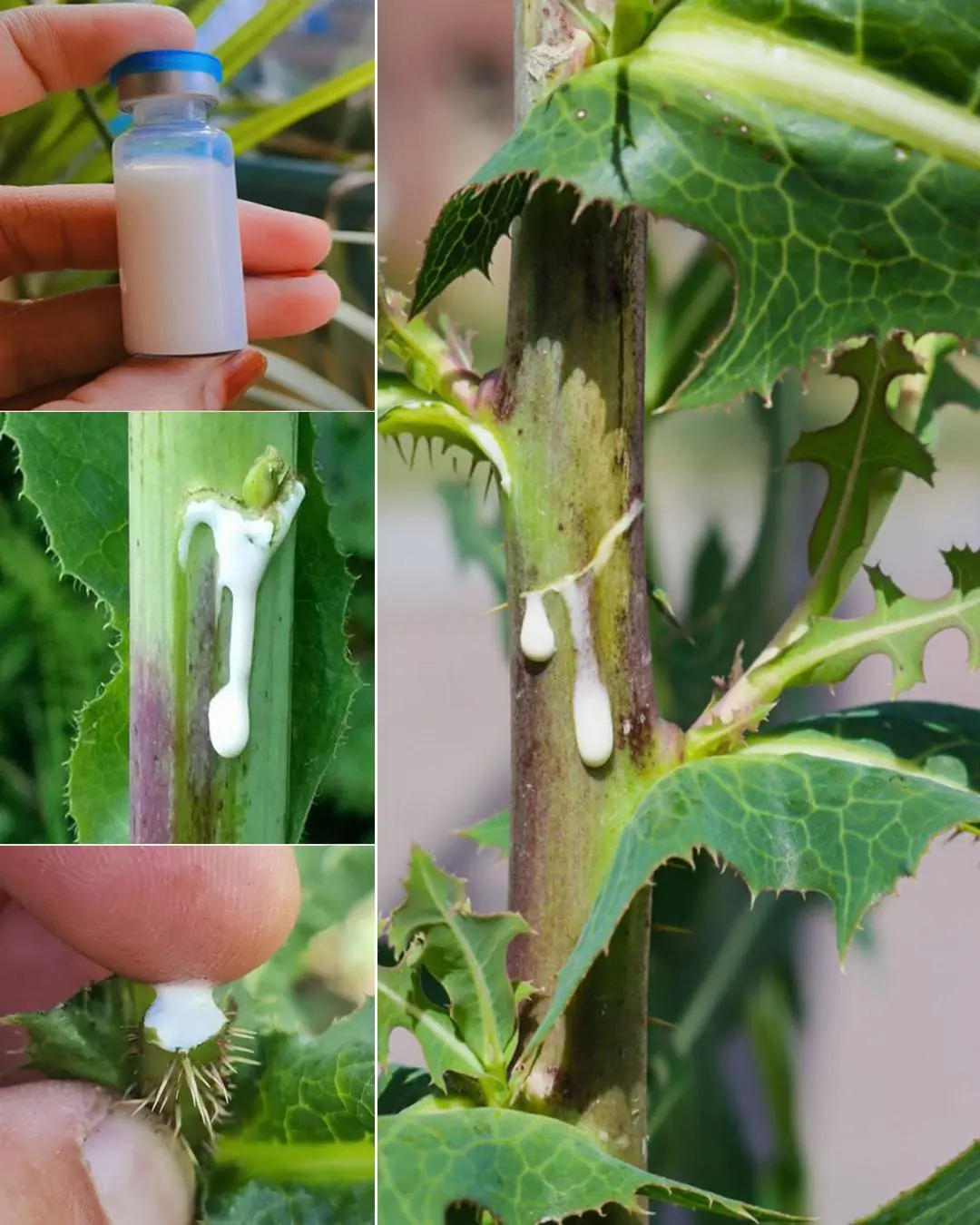
Wild Lettuce Sap: Benefits and Uses

When “Just a Dog” Becomes the Difference Between Life and Death

Teddy’s Hug: A Rescue Story of Unbreakable Love

Benny’s Redemption: A Journey from Loneliness to Love

Man has stroke after bathing right after meal: 3 mistakes you shouldn’t make

Redemption in Yarn and Paws: How a Cat Gave My Brother Back His Life
